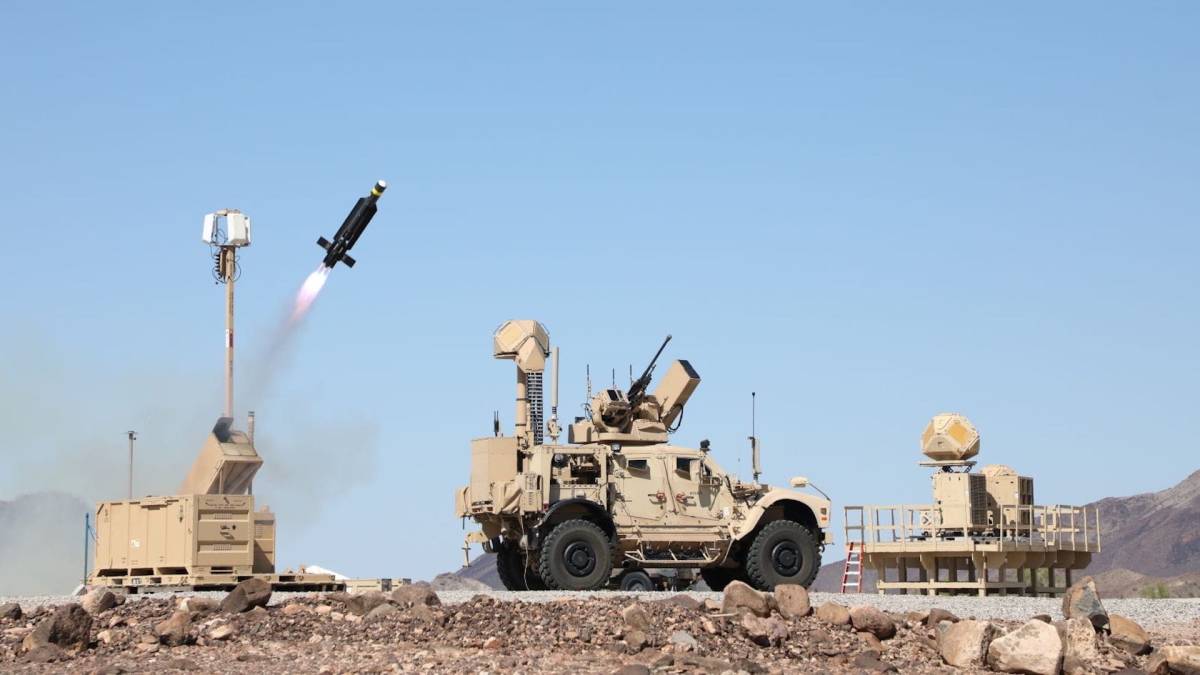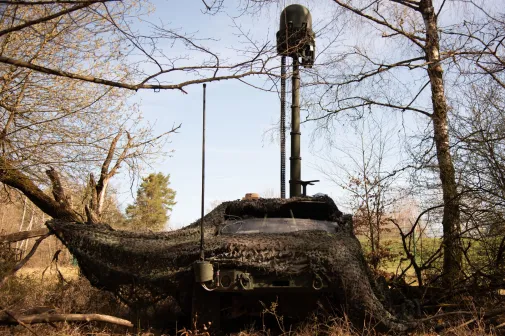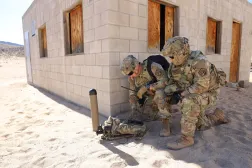Army sees combo of kinetic, non-kinetic capabilities as essential to combating China’s military mass

A combination of kinetic and non-kinetic capabilities will be critical for the U.S. Army to address the sheer mass that China and its military possess relative to the United States, according to a top acquisition official.
This has been one of the lessons from Ukraine’s plight against Russia: that while conventional warfare tools, like artillery, still matter, there must be non-kinetic companions to these weapons.
“We need a combination of precision and accuracy and we need a combination of conventional, because what are the other things that Russia is doing in that war? They’re very good at jamming,” Young Bang, principal deputy assistant secretary of the Army for acquisition, logistics and technology, said during a presentation at the Potomac Officers Club’s Army Summit on Thursday.
In U.S. military parlance, the term “kinetic” generally refers to traditional weapons that explode, like missiles, while “non-kinetic” refers to capabilities like electronic warfare, cyber and others.
There have been several reports highlighting how Russia has been able to jam the precision-guided munitions the U.S. has provided to the Ukrainian military.
To be successful in future conflicts against a larger military like Beijing’s and offset their advantages, the U.S. Army sees the need to marry its kinetic capabilities with non-kinetic ones.
“The big thing that China has on us is volume — people, equipment, artillery, all of that,” Bang said, adding that the math isn’t in the United States’ favor in a matchup between kinetic systems.
The Army’s newest cross-functional team is working on synchronizing capabilities. Announced in March, the new All-Domain Sensing CFT — born out of the Assured Position, Navigation and Timing team — is taking a look at how to integrate all the sensors on the battlefield into an architecture that will be able to rapidly pass data and enable effects.
“We don’t have a sensing problem. We’ve got a lot of sensors. It’s about taking advantage of the sensing that we have out there and do it at the speed and scale that we need to, and apply machine speed technologies and capabilities to that,” Mike Monteleone, the team’s director, said at the summit, paraphrasing senior Army leaders.
As part of his team’s big operational enablers, they are looking at the synchronization of kinetic and non-kinetic effects on the battlefield from a multi-domain perspective, with an intent focus on EW capabilities.
“As we talk about the command-and-control piece of that, making decisions faster, getting that command-and-control systems to create the effect, will have other electronic warfare implications as well as a situational awareness aspect or understanding aspect,” he said.
Electronic support capabilities will have to be able to pass their data to inform commanders of the potential threat signals in their area, but also the attack capabilities that can jam them, which in some cases are the same platform given their dual-use nature.
“Traditionally, for using terms like ‘electronic warfare,’ you had a lot in a box that did electronic warfare,” Monteleone told DefenseScoop following his remarks. “Future battlefield might look a little bit different. You can have small, attritable, low-cost sensors scattered throughout the battlefield [that] could be employed through a variety of different mechanisms that are now through a next-generation command and control data-centric network, [and] be able to pull that data in, make sense of it, and then be able to push out command-and-control requirements to effectors, which may be something different.”
This concept could be applied to joint capabilities.
“It could be a joint capability that we’re recommending, ‘Hey if you put this type of effect here, I can now synchronize that with other effects on the battlefield,'” Monteleone said.






